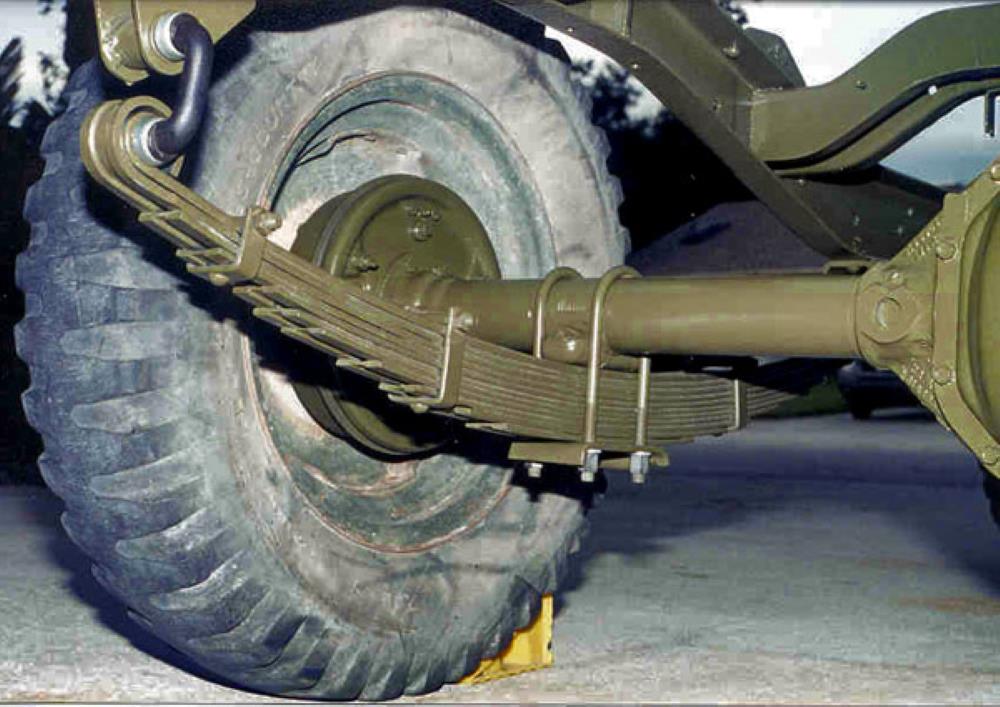2000+ Cashless Garages
60 Lakh+ Policies Sold

2000+ Cashless Garages
60 Lakh+ Policies Sold



Truck suspension is an essential component of any heavy-duty vehicle, playing a critical role in ensuring a smooth and comfortable ride, as well as maintaining the stability and safety of the truck.
In this comprehensive guide, we will delve into the world of truck suspension, exploring its functions, various types, and how it works to provide a seamless driving experience for truckers.
Truck suspension, often referred to as the truck suspension system, is a complex assembly of components designed to support the weight of the truck, absorb road shocks, and ensure the stability of the vehicle.
It acts as the intermediary between the truck's tires and the chassis, providing a comfortable ride for the driver and protecting the cargo from excessive jolts and vibrations.
Let’s understand the inner workings of a truck suspension system and make informed decisions regarding maintenance or upgrades.
The choice of suspension type depends on factors such as the intended use of the truck, load capacity, and desired ride quality. Here are some common types of truck suspensions:

Advantages:
Disadvantages:

Advantages:
Disadvantages:

Advantages:
Disadvantages:

Advantages:
Disadvantages:

Advantages:
Disadvantages:
Truck suspension is an integral part of any heavy-duty vehicle, responsible for supporting the weight of the truck, ensuring a smooth and comfortable ride, and maintaining stability and control.
Maintenance is a critical aspect of ensuring the longevity and performance of your truck's suspension system. Regular inspections, lubrication, and prompt replacement of worn or damaged parts are key to preserving the suspension's effectiveness.